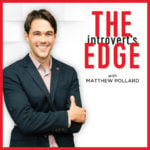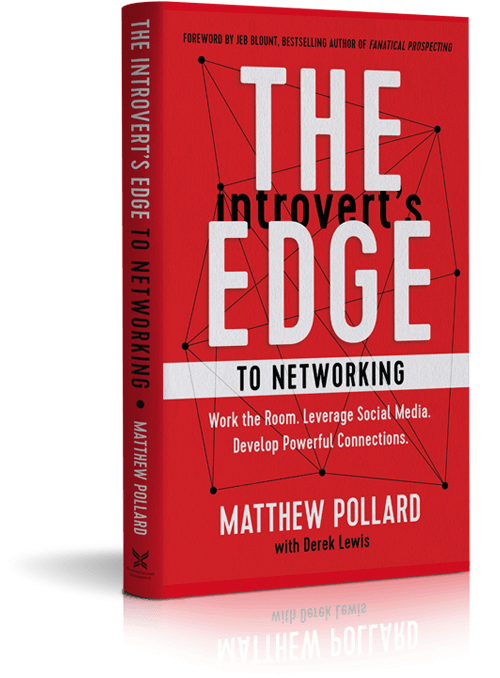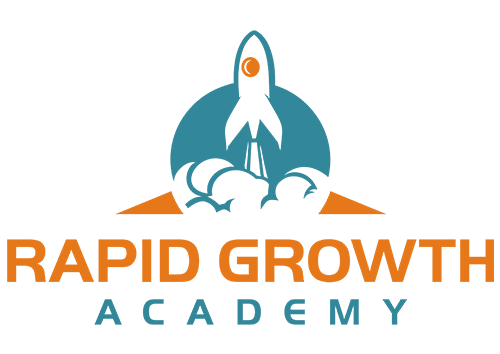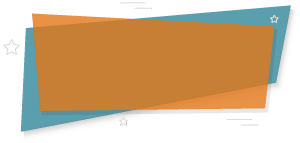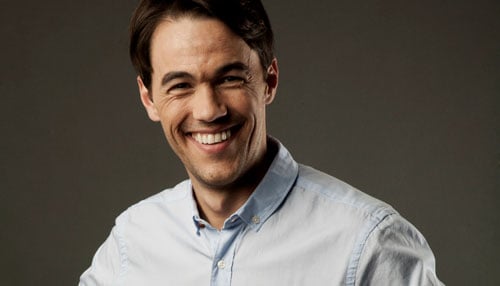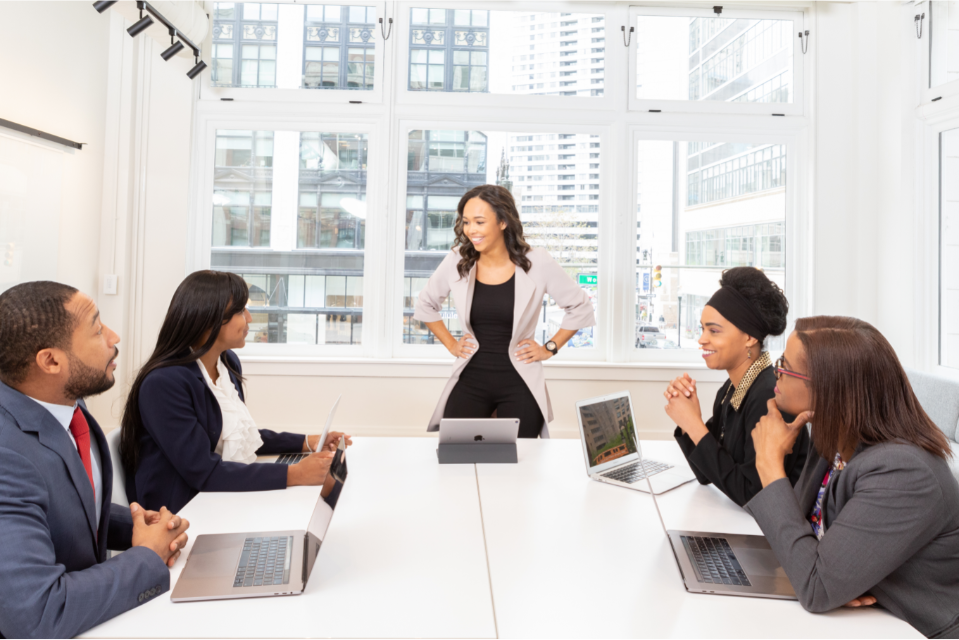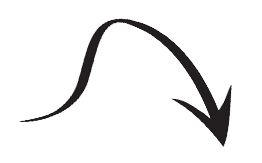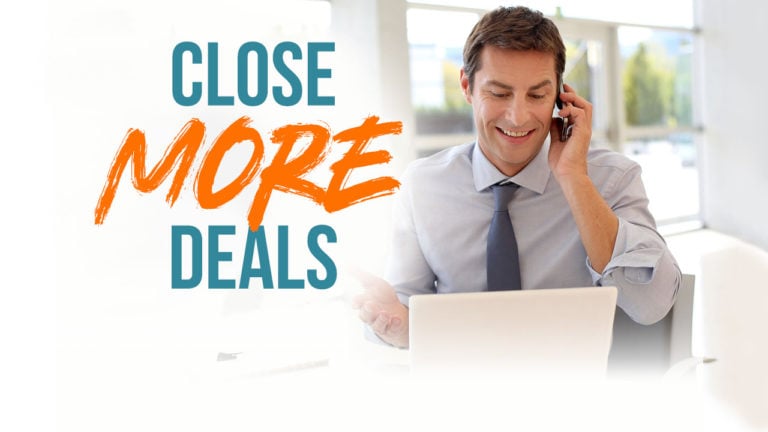Better Business Coach Transcript
This is Better Business Coach, session number 11.
Matt: Hello everyone and welcome back to Better Business Coach. My name’s Matthew Pollard, and as always, I am your rapid growth guy. Today I have an exciting episode planned, and I’ve got a bit of a surprise. I have Aprille Janes. And Aprille Janes left work in 2003 after 20 years as a successful business consultant. She threw away her corporate suit to work with purpose driven entrepreneurs. Today she helps them boldly leverage their stories so they stand out in the noisy market place. She is now a speaker, author, podcast host of the Bolder Business Podcast. Which is one that I just featured on, and I had an absolute ball. So I’m very much looking forward to introducing Aprille – welcome to the show.
Aprille: Thanks Matthew, I’m really excited to be here and it’s kind of different to be on the other side of the mic. We had, we did have a good time the other day talking.
Matt: I have to say, after our show – and I apologise – we went on. We were just having a conversation offline. We probably went on 20 minutes longer than I was supposed to.
Aprille: Yeah, but it was all great.
Matt: It was good fun too. So, I have to admit though I was exhausted at the end of it, and I hope to leave you in the same mess by the end of ours.
Aprille: Tit for tat.
Matt: So you are talking about one of my absolute favourite topics, and I love talking about stories. Because they’re really, really engaging and they get people. And I just – a few sessions ago, over in session 10 of the Better Business Coach Podcast. Talked about, we’re gonna mention stories at some stage coming up very, very soon and just how exciting that is for their ability to sell and their ability to coach and so many other things. So why don’t you start, because I know this is one of your favourite topics to talk about as well. Could you tell us a little bit about the science behind stories and why they work?
The Science of Storytelling
Aprille: Well, when I first started looking at story – and I’m a creative writer as well, so I’ve always had a great love for story and a great respect for it. But I got wondering, “Why is it that we are so attracted to story?” And I used to say, “It’s in our DNA.” But when I started digging deeper into the science, I discovered there are real physical reasons why we respond the way we do to stories and why it is such a powerful tool for us in our businesses.
First off, we all know about that know like and trust factor. And we get into business and suddenly we – our brains kinda go I don’t know, go on recess or something. And we think we’ve got to convince people with facts and statistics and all these other things. And that just doesn’t feed into the know, like and trust factor. We want people to come closer, we want them to create a bond with this. We want them to be in harmony with us, so that when we talk to them there’s a connection that’s made. And stories do that for us.
There was a graduate university study that was done, that actually showed that stories activate a hormone in our bodies called oxytocin. Now if you’ve never heard of it, that is actually the love hormone, it’s what makes us fall in love. So, it – stories activate that. It creates that sense of a human bond. So that’s the whole know and like factor that begins to happen, and stories actually are a catalyst for that.
Then they did another study, there was – Washington University did a study where they put people into an MRI machine, and they either read to them or they showed them movies. And then watched what happened in their brains. Well if they showed them just facts and statistics, only one small area of their brain would light up, the area that had to do with language – and it wasn’t very exciting. And as we all know, if we watch those PowerPoint’s with all the bullet points, we all go to sleep in those. But when they told them stories or showed them movies, what was interesting was the areas of their brains would light up – that you would’ve expected them to light up if they were physically experiencing the story. In other words, whatever is happening in the story, our brains don’t know the difference. We experience them as though it was happening to us.
And if we think that – or maybe that’s kind of out there. Just think about the last time you went to a scary movie and you jumped. Now you knew that there was no monster. But when the alien comes out after Sigourney Weaver, you jump, because your body doesn’t know the difference.
Matt: You so do.
Aprille: Your brain doesn’t know it, right? Yeah. So there’s all these things that are happening that are activated by story. And the other really important piece of this is that our logical brain wants the world to make sense. And I don’t know how many people I talk to and they say, “Oh I can’t do stories ’cause I’m not creative. Well the exciting thing here is, you don’t need to be it. Your logical brain that actually tells all the stories. We live our lives around a narrative. Everything that’s happening to us, we narrate to ourselves. And if we can’t make sense of something, we’ll make up an ending. We’ll say, “Wow, they cut us off in traffic because of–” And so we have, it has to make sense. So when we bring all those together as a business tool, we’re actually connecting with people on a very human level, in a way that is just innate to each one of us.
Matt: That’s so true, I – for the first person can say, “I have no idea how to write a story.” I remember when I was in kindergarten or grade one, and I got told to write a story. And I wrote a story about a pirate, which was horrible. And every time, every year after that in my English class, I got asked to write a story. And I’d write a different variation of this story about a pirate, ’cause that was as big as my creativity could go. Yet, in sales, every day of the week, I tell stories about customers that I just met that we’re working with. And things that we’re doing that are so, so exciting. And I just, I just hit – and, which I’ve thanked all my listeners for many times already. For helping me get to New and Noteworthy within iTunes. And I tell people stories of this whenever I’m getting interviewed to be on a speaking occasion, or whether I’m getting interviewed to be a business coach. And continuously, I’m telling all of these stories, but I’m the same person– If you tell me to write a story, I’m gonna go straight back to my go to pirate story, ’cause that’s all I have.
Aprille: Well, and the difference is, your heart is really connected with those stories that you’re telling other people, so that excitement comes through. So now you’re gonna light up the excited parts of their brain. And you’re gonna be in harmony together on that. I mean people just – they resonate with each other and don’t even realise they’re doing it.
Matt: Oh look, I agree with you. I mean, that’s the exact same reason why we went for 35 minutes in a 20 minute podcast. Because, you wanted to hear the punchline, you couldn’t get off the show without hearing the end of the story. And I do this with all of my interviews. Every time I get on an interview, I will be telling them a story. And I continually go, and sometimes they ask more questions, so the story gets bigger and bigger. And the more times I do it, it becomes more and more full of story. Because it becomes more and more 3 dimensional. However, people won’t get off the phone, people won’t get off the interview, people want to get to the punchline – hear the end. They can’t say, “Okay, well that’s all we have time for.” Where if I was talking facts, figures, statistics and graphs and formulas, you’d kick me off in 20 – 19 minutes and 52 seconds.
Aprille: If you made it that long, right, yeah.
Matt: Exactly right.
Aprille: ‘Cause that’s, you’re right. That story, we want – we are wired to have to know how it ends. We, you just can’t turn it off. I mean, and they used that on– I remember when 24 was first out on TV. My husband and I were, we downloaded the whole season. We were watching it, and we finally realised that the only way we were ever gonna get to bed at night was if we turned the story off in the middle. So that we weren’t left hanging and had to know what the next thing was that was going on.
Matt: I’m the same. And look, you’ll notice a lot of people will do that now. I know there were a lot of TV series – Heroes, Prison Break. So many where people couldn’t physically watch a season, they’d have to get all of them on a DVD set, and watch them all together. Because otherwise they just, they couldn’t handle it. And then they’d stop before the end, because they’d be like, “That’s gonna be a cliff hanger, I’m not taking this risk. That’s gonna be 6 months of my life in stress. It’s just not worth it.” So, yeah I completely get it. You’ve refined it a little bit further haven’t you? You’ve sorta broken it down into 7 types of stories.
Aprille: Well, 7 types of stories that I’ve identified so far that can be used in a business. And it’s not like sales or introductions, but the kinds of stories that – the classifications that a story can fall into. And I’ll give you some examples of the way businesses use them.
First off, there’s the overcoming story. Which is like David and Goliath or Sigourney Weaver in Alien. And Apple did a great ad on that. If you go on YouTube and look at Apple’s attack on Big Brother in 1984. They were talking about bringing out the Macintosh at that time, and just changing the world and what it was gonna be. And that was a great overcoming story, it’s a brilliant ad by the way.
Then there’s the rebirth story. Which, in movies you’d think, It’s a Wonderful Life. That’s a good example of it. Prudential used to have an ad out called Day 1, which was – helped people who were facing retirement realise that it wasn’t the end, it was the beginning. So it was a brilliant use of that idea of rebirth.
There’s a quest story, which we all know, Lord of the Rings is a brilliant example of that. And we identify with brands that are always looking for perfection, like IBM and Lexus. They have a quest, looking for the brand that is just gonna personify perfection.
Then there’s journey and return. And in movies, we think of The Wizard of Oz. I like to think of Corona Beers for this one. Because we talk about finding your beach, that’s their tag line. And getting out there and then coming back to real life. So it’s a good example of that journey and return.
Rags to riches, which would be a Cinderella story. And – Johnny Walker, the Scottish farmer to global.
Matt: Well you see that a lot as well in the (9:53?) demographic. People contrive stories of how they weren’t always successful. I know Kerwin Rae talks about being dyslexic, which – I’m dyslexic also, so I identify with that. And all of a sudden, he became my favourite speaker when I was 18. And you’ve got people like Robert Kiyosaki, that talks about the fact that he was living out of his car with his wife. And people can identify with those. These are the stories that people say, “Okay, I get it. This guy, or this girl has been through it. They’ve been where I am, and they’ve made it rich from there.”
Aprille: It’s absolutely true, ’cause we have to identify with people. We can’t identify with perfection.
Matt: Even people like Sir Richard Branson talk about – first business venture, came because there– I think it was a grandmother that lent him a few thousand dollars to start a business. And she borrowed that money off her own house.
Aprille: And people love these stories, because it offers hope. And that’s really what we’re looking for in a story. How do you offer hope to the person who is listening to you? Whatever their problem is. Their problem might simply be that they’re trying to achieve a dream that they’ve always had. They don’t have to be facing like a terminal illness or something. But we want to always offer hope. And I, that’s why I love the rags to riches stories. Because that’s, that’s really what we’re looking for. It’s what we’re willing to show, and the more we’re willing to share our humanness, the more we can get that know, like and trust factor going.
But there is a real, I just wrote about this the other day. There’s a real fine line of – between manipulating emotions and actually helping people understand that you, you understand them. And the way you do that is you always hold, “What is it I want for this other person?” What do I want them to learn from my experience that’s going to help them?” Then it totally is out of that whole manipulation realm.
Matt: Well it’s funny, I actually – I held back the fact that I was dyslexic for a very long period of time. I mean, I now freely will talk about the fact that I had a reading speed of a sixth grader when I was in late high school. However, I didn’t talk about it for 2 reasons. I convinced myself that the reason why I was not talking about it was because I didn’t want to manipulate people into feeling well, “If I can do it, everybody can.” But the real reason I didn’t want to, is I didn’t want to share it with people. And I had to take that realisation that I wanted – I was happy to share it with people to make them feel comfortable that they could achieve it too.
And realise that I was actually speaking to a whole demographic. And I have what’s called Scotopic Sensitivity Syndrome. Not dyslexia, but they’re very, very similar. And it can be fixed by a set of glasses, and yet 90% of people never know that they have it, think they have dyslexia – and it can be rectified. Yet, I started learning how to read from the age of 18 once I finally got diagnosed with the problem. And me not sharing that story and me not being open about it, meant people didn’t get to find out about the condition, and as a result, they may not have ended up with the glasses. I was doing people a disservice, being in front of people, talking to people.
Aprille: And the same thing for me. When I first went into business coaching, I would not tell people that in my 20’s I lost a business. And we lost everything, our home and everything. And thought, “How can I tell people that as– When I’m a business coach?” Now, it was like 20 years further on, but it still was – I didn’t know how to use it to help other people. And then finally one day I realised, the biggest lesson I got from that was all that stuff that I lost was just stuff. And because of that, I didn’t have fear around trying something else, because I knew I could replace it all.
And so now I could help people understand – let go of the stuff. Because that’s what’s – a lot of time – is what’s keeping us afraid. We’re afraid we’re gonna lose something. And sometimes you’ve gotta lose it to get something bigger. So that was, changing that story around and seeing in my head how I could serve others, really made it powerful. And people, when I tell that story now – they can connect to it. And I often have people say, “Wow, you really do get it.” ‘Cause we allow ourselves to be human and be seen as humans.
Matt: There’s a quote, “The things you own end up owning you.” Wil Smith also has one that, it says, “Too many people spend money they haven’t earned to buy things they don’t want to impress people they don’t like.”
Aprille: Yeah, it’s so true.
Matt: The rags and riches stories really do work, because people do want to see people come from nothing. And your story of losing everything, people would identify with that. Because you’ve made it, you’ve lost it, you’ve made it again. That’s somebody you can get behind. And to not share that story – as I was doing people a disservice by not talking about my reading conditions, you were doing customers a disservice by not sharing that. And it’s so great that you bought that message out, and you’re now sharing it with people comfortably.
Aprille: And you should’ve seen my husband’s face the first time I told it, but he’s good with it now too.
Matt: So, I need to know the end of the story. What are the last 2?
Aprille: Well the last 2 are actually one’s that we don’t use so much in business, but they can be done – well, tragedy is one. And I just recommend, stay away from that completely. And Prudential at the Super Bowl really had a misstep with that one, ’cause they brought in that accident commercial. And bad timing, people are having a party and watching a ball game and then they’ve come in with this real downer. It’s usually not a good story to use in business, ’cause it’s not positive, it doesn’t offer hope.
The other one is comedy. And that’s, that’s hard to do. But if you get it right, it’ll go viral. And one company that really does do it well is GEICO, with their little gecko that runs around and does stuff. They get it right. So if you get people laughing and thinking, not just poking fun at someone. Then you can use comedy effectively. But it doesn’t need to be the focus of the story, it needs to be part of a bigger story.
Matt: It’s funny, I’ve actually just seen one. One of the, one of my clients that I coach actually suggested one. It’s called, “The Conference Call.” And it’s on YouTube, so you should definitely hop onto YouTube and check it out. And while you’re there of course, you should definitely subscribe to The Business Coach channel. However, this conference call was all about what it was like to be on a conference call. And it was people around a boardroom. But they were mimicking like what it was supposed to be on a conference call. And it’s – somebody, all of a sudden is talking and then they’re outside the room. And then another person is talking, and then there’s a dog sounding. And then they get an email saying, “Drink specials in 5 minutes.” So they’re like, “Oh I’m sorry, I’m going into a tunnel.” And then people keep dropping in and dropping out. Yet they’re all just sitting around the boardroom table. It’s hilarious. And they used comedy so, so well. And it was, of course it was a commercial. And though I actually never heard of the brand before, they’ve had millions of views. And a lot of people put a YouTube commercial up, and maybe get 1 or 2. And you’ve paid that sort of money to be in front of the Super Bowl to get that sort of audience.
Aprille: Yeah, but I love what you talk about with that conference call, and I am gonna look that up. Is people do want to be entertained. And they say that’s just happening now, but I think it’s always been the case. We want something that’s gonna catch our attention that we can talk about. And if you get the right story, you don’t even have to repeat it. Your customers are gonna repeat it for you. The people – like you and I talking about this. You get word of mouth going, that’s powerful. And you can’t pay enough money for that.
Matt: Yeah look, definitely I agree. And I continually follow stories and I get behind people, and it’s just one of those things that – it just works. Because it gets past people’s logical barriers, that they shouldn’t accept the premise of this. And we were talking on your show, and I think that’s just about to launch. So, and we’ll talk about your podcast in a second, because people should definitely check that session out. But we were talking about the fact that when you tell a story about Goldilocks and the 3 bears, you have to accept the premise that a bear owns a house and they own beds and they have porridge. And yet, you’re willing to accept that because it’s a story. Yet, for some reason, people aren’t going to – people don’t tell stories when they’re talking about their products and services. When, even when you’re talking stories about customers that you’ve had that have had great things happen, they have to accept those premises as well. Because you’re telling a story about someone else, so their logical mind’s not engaged.
Aprille: Well when, and we talked about this, the idea that – when people think a sales pitch is gonna happen, all of their filters go in place. But if they think it’s gonna be a story, when you say to them, “Let me tell you a story,” they drop the filters, because of the science that we talked that’s behind it. And people lean in and they want to hear it. So it’s such a powerful tool to open up that space so that people will actually engage with you and drop the filters, which is what you’re really looking for.
Matt: Definitely right. Before we go any further guys, I will let you know, I will put a link on the website to that conference call video so you don’t have to go searching crazily on YouTube. So just go to betterbusinesscoachpodcast.com or matthewpollard.com, and you’ll be able to access that video as part of the show notes. However, I also know that people are gonna want to get in contact with you as well Aprille. So, how would we do that? And I know you’ve got a special gift or something you’ve organized for our listeners, which I really appreciate. So if you could share that information as well?
Aprille: Well, my podcast is bolderbusinesspodcast.com. And it’s been around for a while, but we’re just switching over now to really hone in on story. My website is bolderbiz.com, and on there – either one actually. I have a, it’s a PDF at the moment, it’s called, “21 Ways to Use Story in your Business. How to grow your business through story.” And it’s worksheets and some ideas, and just kind of a way to trigger great ideas around story, and where to use them. And I’m letting people know first here, ’cause you and I talked about this Matthew. I am going to be redoing this as a video if they get the– On my mailing list with the PDF, they will get the new video series. When it comes down, they’ll be the first ones to know about that.
Matt: That is awesome. So get on that mailing list guys, it’s about stories. Trust me as a business coach, you do need to know how to tell stories. Whether it’s telling stories to acquire customers, or whether it’s telling stories to get customers to identify that they have a problem or feel comfortable to have a problem that so many other people have. Stories is one of those things you just have to know. So look, Aprille, thank you so much for being on our show, you’ve been absolutely fantastic.
Aprille: Thank you Matthew, I’ve had a great time.
Matt: So everybody, thank you very much again for turning in to the Better Business Coach Podcast. If you haven’t had a chance already, please take a second to subscribe to the Better Business Coach podcast on iTunes. It really only takes 30 seconds. So please, I would really appreciate it. But for those that already have, I really, really cannot talk enough about how much I value the subscriptions, the reviews and the star ratings that drove us to New and Noteworthy. So thank you very much again. Cheers.





